Today, we’ll be conducting a review of a light modifier, namely the Aputure Light OctaDome 120. This promises to be intriguing as it marks my first opportunity to assess an Aputure accessory.
Additionally, it might be insightful to compare an octagonal softbox with a parabolic one to see if there’s any difference when it comes to the light quality.
Aputure
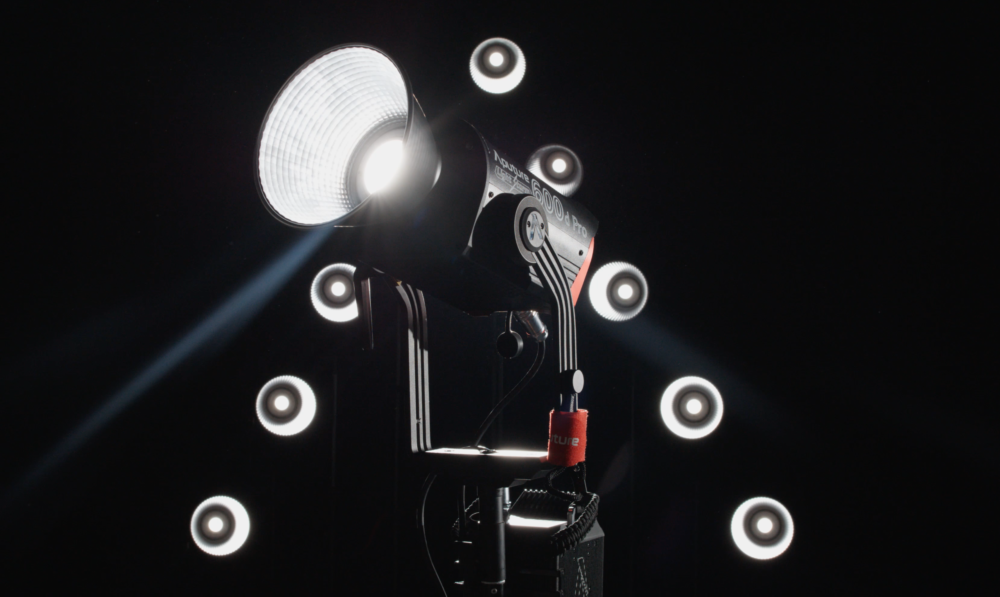
Aputure stands out as the premier choice for LED lighting tailored for small and medium-scale productions.
Their lighting fixtures and accessories set the benchmark for LED technology. Even Arri finds it challenging to match their standards, in our view.
OUR SPONSOR OF THE DAY : NEONNIGHT.FR
Being a Chinese company, Aputure offers their products at relatively competitive prices compared to German manufacturers. However, they surpass other Chinese manufacturers in terms of innovation and quality, positioning themselves at the top of the hierarchy.
What is a softbox ?
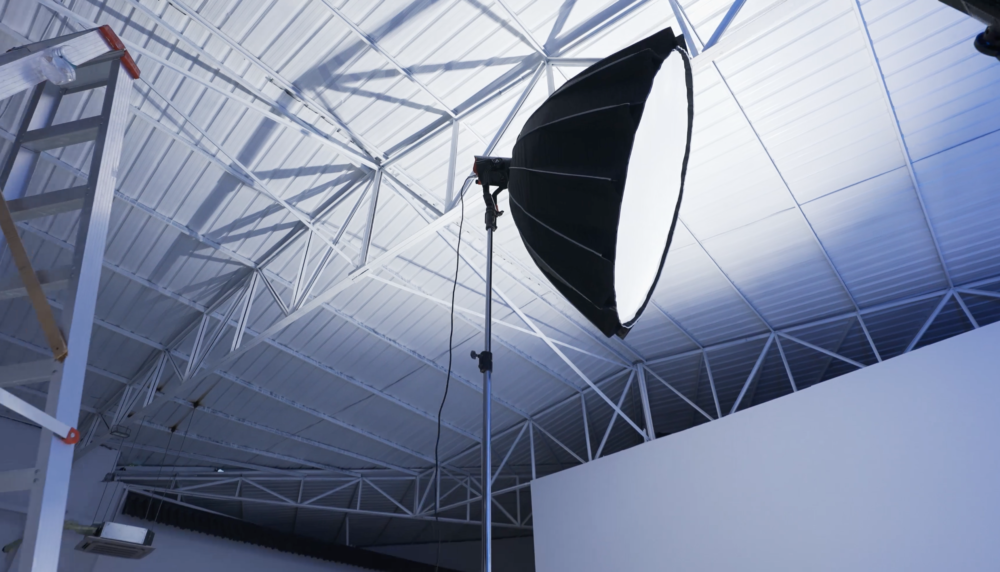
A softbox, as its name implies, serves as a self-contained modifier designed to diffuse light and enlarge the source, resulting in softer shadows and a more aesthetically pleasing image overall.
Softbox can also direct and shape light according to their shape and size and with the use of a grid or act as a beauty dish as well.
Compared to a large diffusion sheet like a Skylite Rapid, Softboxes have the advantage to be self-contained so you just need one block.
What is an OctaDome ?
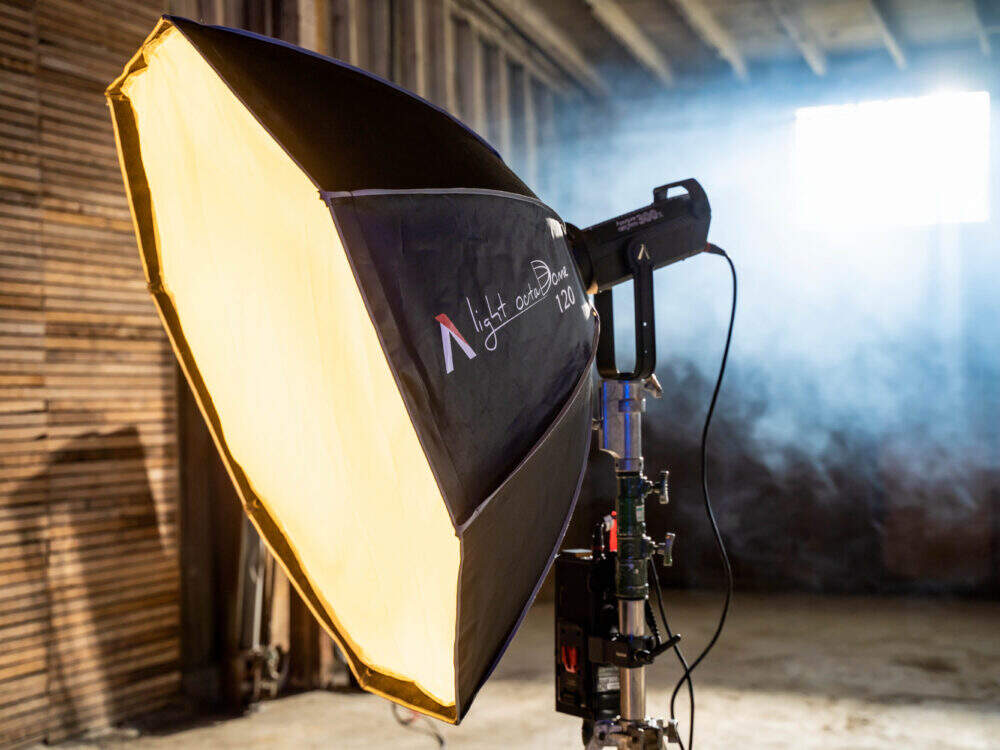
An OctaDome is essentially an octagonal softbox, featuring eight sides. While it creates a fairly round light shape, it’s not as rounded as a parabolic softbox.
Unlike a parabolic softbox, the OctaDome is shallower, so it typically requires an inner baffle to scatter the light evenly, resulting in softer light.
The OctaDome’s shallowness offers the advantage of being easier to use in small spaces while offering the same quality of light.
The Aputure Light OctaDome 120
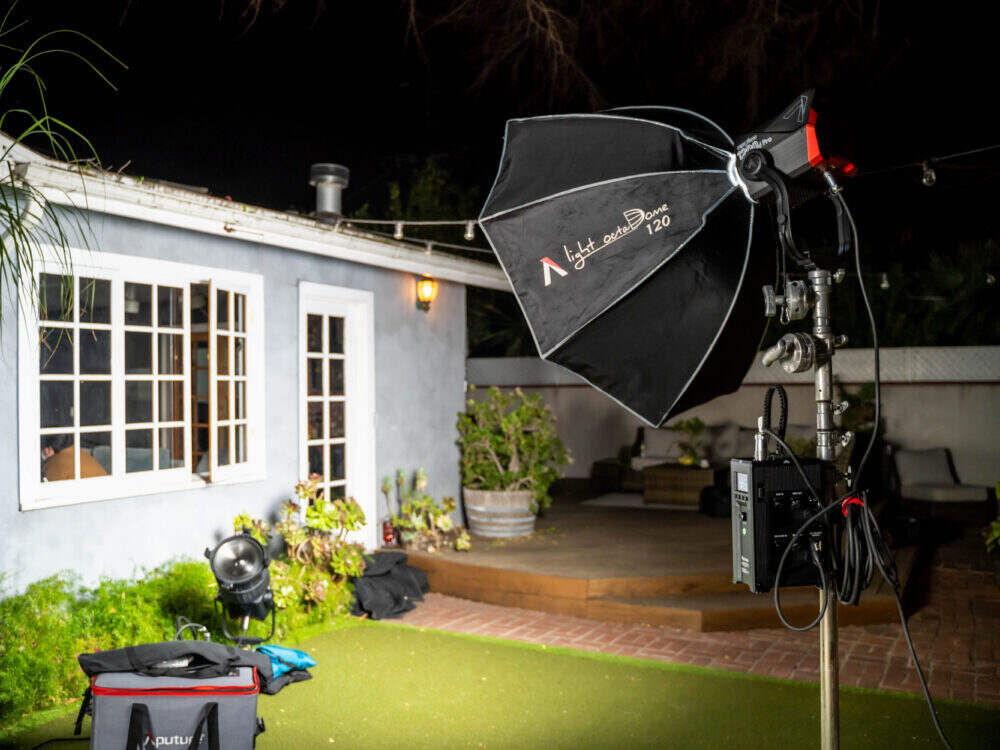
The Light OctaDome 120 is an entry-level softbox from Aputure, priced below the Light Dome III, which is a 88cm parabolic softbox.
Build quality
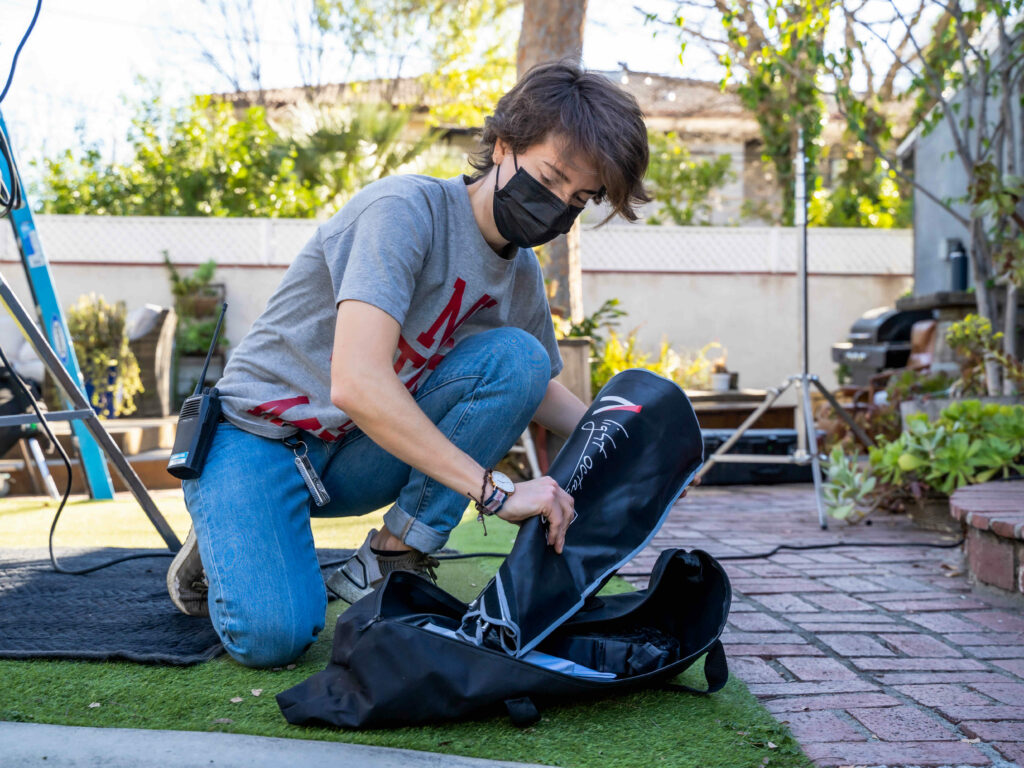
I don’t have another Aputure modifier to compare the quality but when comparing with the Nanlite Forza Softbox 90cm, this OctaDome is built like a tank or more precisely like a tent.
The stitching, fabric, and rods of the Aputure product are significantly stronger compared to those of Nanlite, to the extent that the Forza feels lightweight in comparison.
Maybe this is because of its design, which prioritizes durability over quick setup, requiring considerable force to bend the fabric and rods.
The ergonomics
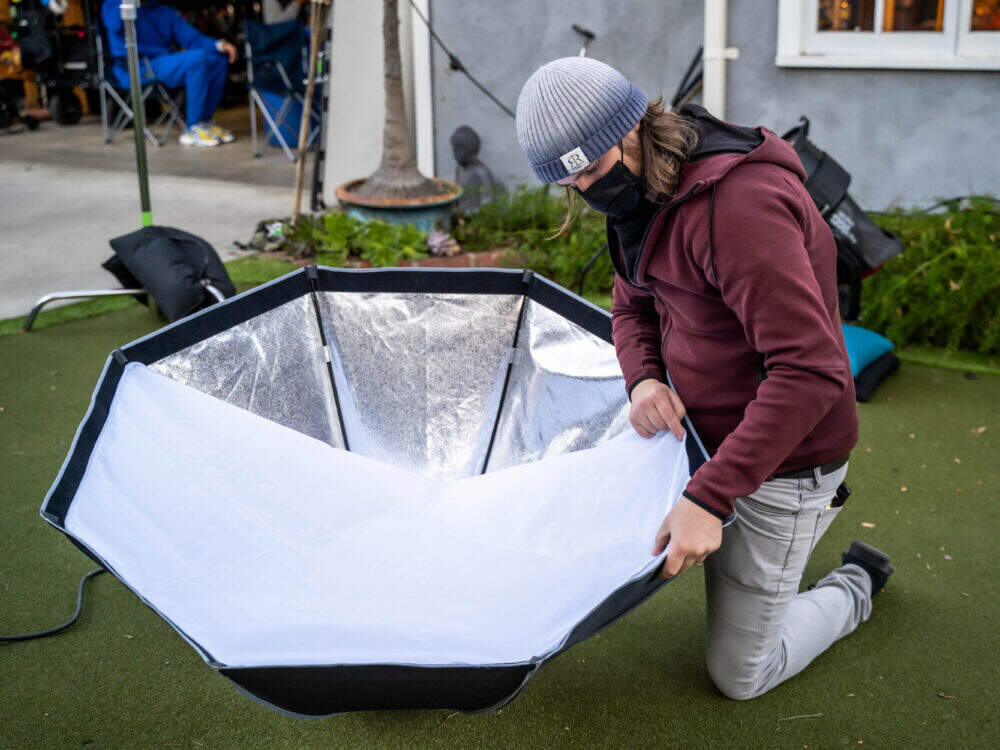
While the product boasts sturdiness, the thick rods pose a challenge when trying to fit them into the corresponding holes.
This aspect stands out as one of the most difficult setup processes I’ve encountered among all my camera equipment. Attempting to set up this softbox on set might prove cumbersome, and to date, I haven’t even attempted to unfold it, unsure if it’s even feasible.
Setting up the softbox is most conveniently done by placing it on the floor. Although the rod holes are straightforward once you grasp the system, the initial attempt was quite challenging.
The rods tended to slip out of their sockets, and placing one in the wrong hole resulted in a need to restart the entire setup process.
In the end, with enough practice, it becomes manageable, but when weighed against the convenience of an Aputure Light Dome II or III, it seems impractical unless you have a dedicated studio space.
The quality of the diffusion
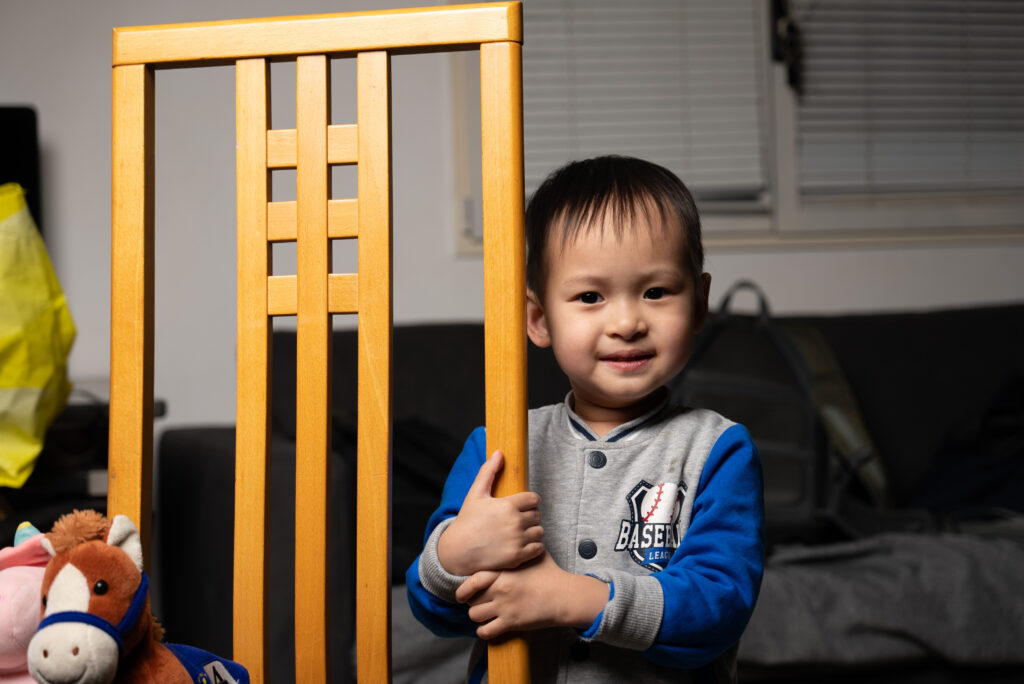
What I appreciate about Aputure is that their softboxes come with grids, and these grids feature numerous squares and are constructed with higher quality compared to Nanlite by a large margin.
There are two diffusion sheets provided, one allowing more light to pass through loosing one stop and the other offering slightly denser diffusion loosing two stops. The lighter diffusion sheet differs significantly from Nanlite’s, being slightly thicker and lacking the grid pattern.
The inner baffle is also provided and substantially reduces the output of the softbox. When using an LS 600D Pro, the output with the baffle is approximately one-third to one-half of the output without it, resulting in slightly more uniform lighting.
The color accuracy
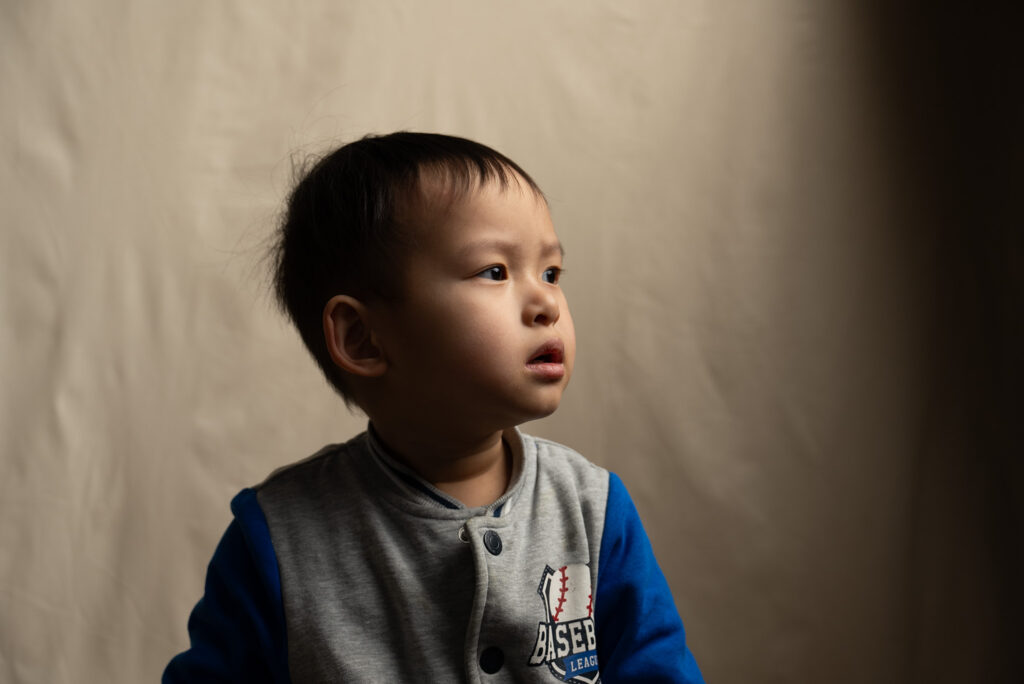
Diffusion typically adds warmth to the light by a few hundred kelvins. I’ve noticed that the thicker the diffusion material or the higher the diffusion level, the warmer the light tends to be which I personally like because the sun light is white but once it get to us its warmer.
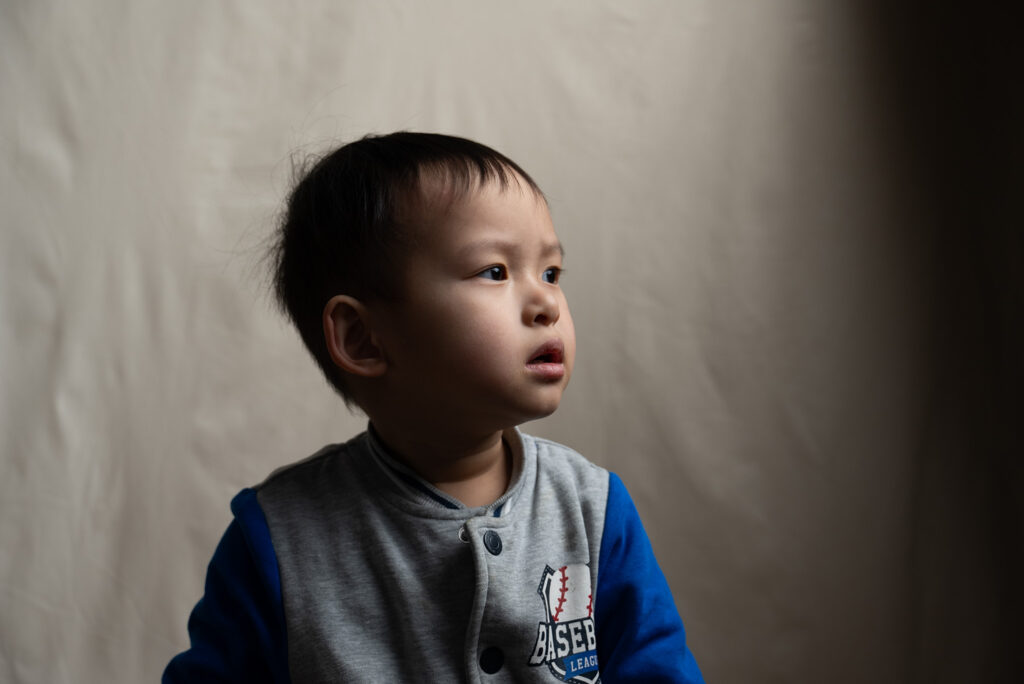
This might pose a challenge if you require a perfectly neutral white balance, but you can address it by adjusting your camera’s white balance settings, using gels, or opting for bi-color and RGB fixtures.
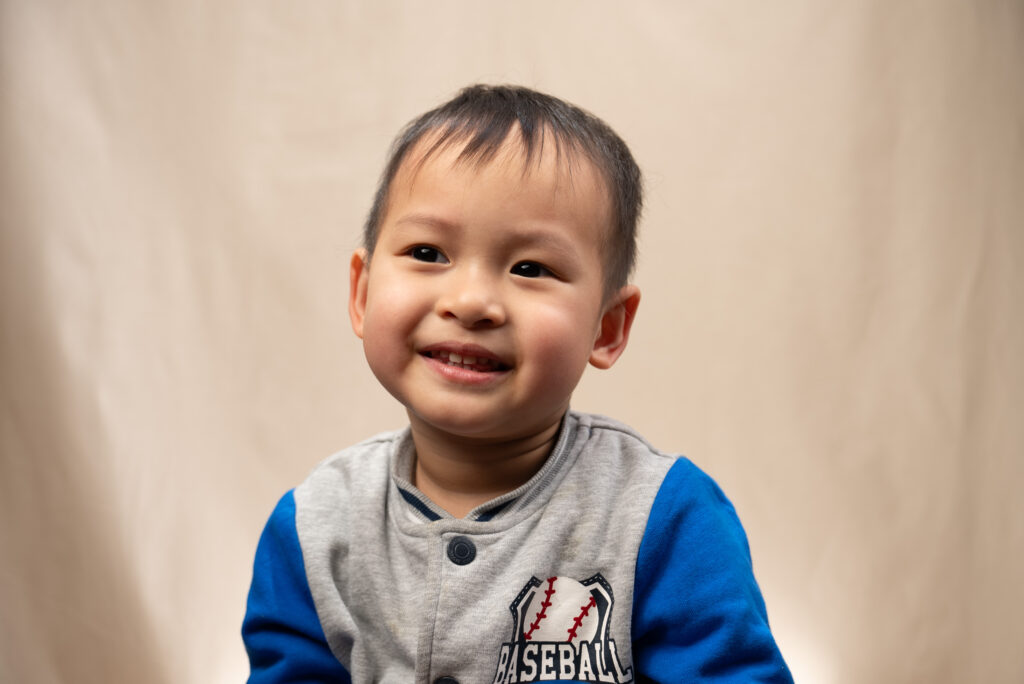
Softboxes are excellent for swiftly setting up interviews, for instance, but there’s a rationale behind their infrequent usage on film sets.
Light appears significantly more appealing when bounced, double-diffused, or utilized in booklighting setups.
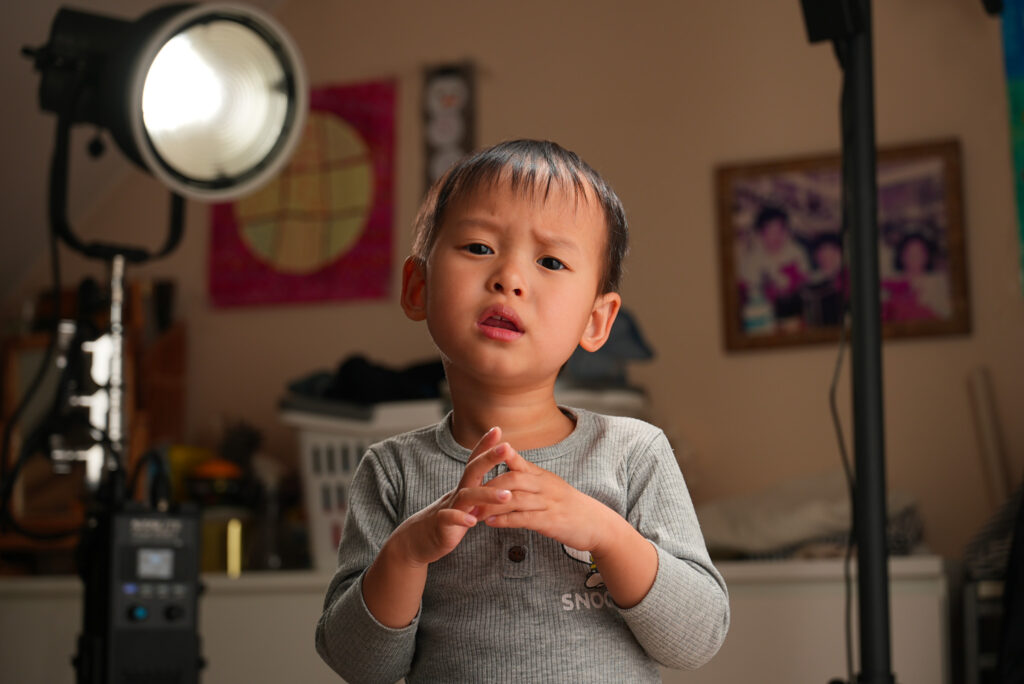
OUR SPONSOR OF THE DAY : NEONNIGHT.FR
Verdict
8.0 out of 10.
The Aputure Light OctaDome 120 may not be Aputure’s top-tier softbox, nor is it the easiest to set up. In all honesty, it might be the most challenging in terms of installation.
However, looking at the other side of the coin, this softbox is more affordable and incredibly robust. Additionally, it’s more compact compared to the Light Dome 150, and the quality isn’t significantly different.
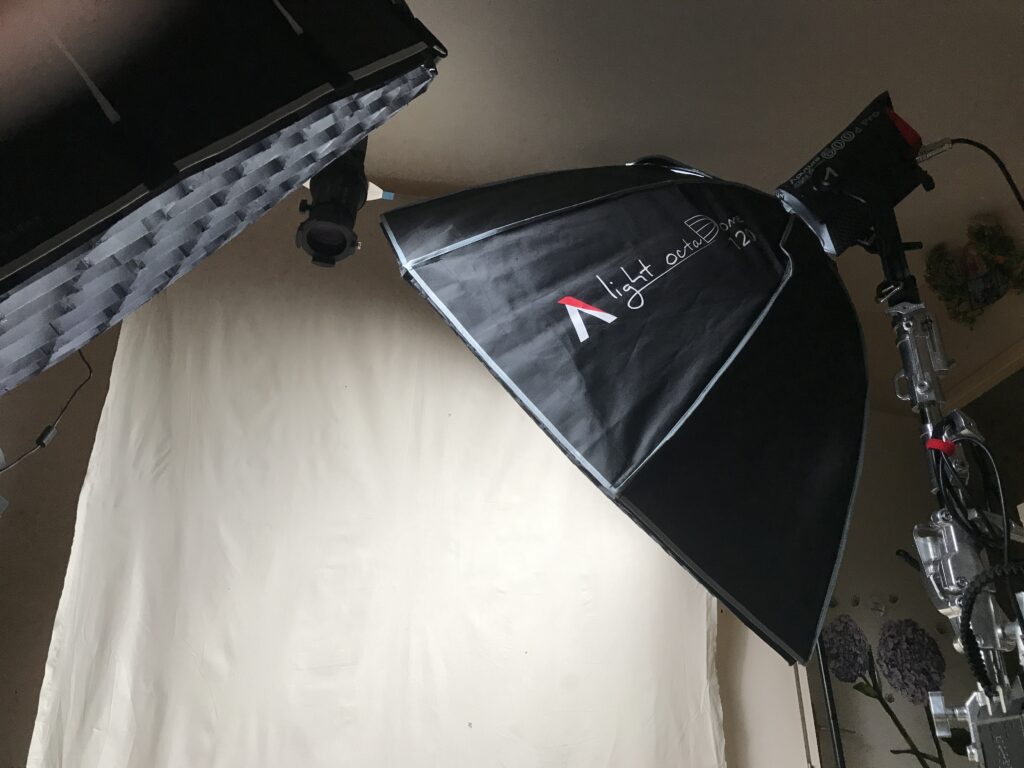
If you have a permanent studio and you don’t need to fold your softboxes often, this could be a great choice. However, if you intend to use this modifier on set, I would suggest opting for a Light Dome III or II instead.
While the overall light quality might be similar, the Light Domes are rounder and deeper, providing more output and focus, and they are much easier to set up.
Informations
Aputure Light OctaDome 120
Official website: https://www.aputure.com
Our Video Production in Paris: https://www.neonnight.fr/en/



GIPHY App Key not set. Please check settings
One Comment